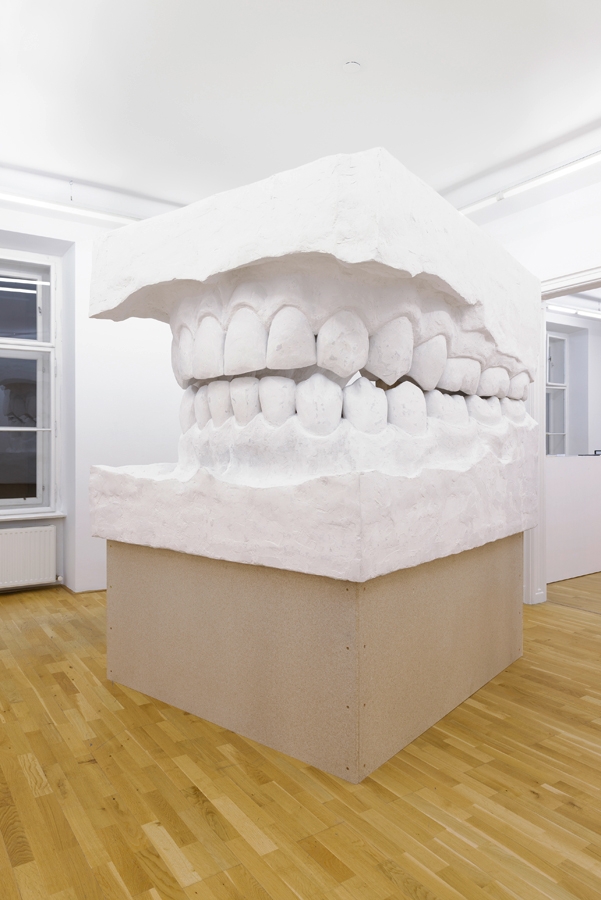Even I’m not sure about the rules of this Future Greats business sometimes. Does having a Wikipedia page mean you’re already too famous to go in? Does having a Wikipedia page about you mean that you’re famous at all? Probably not, but it’s a conundrum that this German-born, Vienna-based artist might appreciate. His work consists of (generally) modest gestures, often executed in public spaces (as opposed to galleries) that make the everyday extraordinary, and expose the unwritten rules that shape our ideas of what society is and where ordinary people fit into it.
The first work of his that I encountered was Lucky Day (2009), a video documenting a scam in which people ‘find’ a golden ring, suggest that it is yours and then appear to offer it to you, telling you that it is lucky, before then asking for money. The video, apparently shot via a hidden body-cam on the person of a visitor to the Louvre shows the first interaction rather than the second. The fact that the rings (five of them, reminiscent of wedding bands) are also displayed raises questions of agency and intentionality – is the scene staged for the purposes of an artwork? Did the artist pay the ring-finder? Do both parties understand the game that’s being played? What kind of relationship do they have?
Other works involve giving cigarettes to people who ask for one in the street only if they agree to be photographed (‘capitalising the situation’, the artist says); offering 500kg of canned dogfood as a free picnic to Vienna’s hounds; or in Fence Sharpening (2010), creating video footage of two workers armed with files and angle-grinders, sharpening the ornamental tips to iron railings that distinguish (rather than protect) private residences from the public pavements. In his most recent solo exhibition, Collagen und Monument (Collages and Monument), which opened last November at Galerie Andreas Huber in Vienna, Kessler appeared to have evolved this practice into something approximating a more conventional gallery show, dominated by an enormous (2m3) dental mould of a set of teeth and riffing off previous examinations of the boundaries between public (teeth being a public display of health and wealth) and private (the individuality of dental records, ingestion, internal health). This was enhanced by a series of collages featuring onlookers pointing up at extravagant loft developments, and others exploring collected imagery of fitness, slimness and general healthiness. Leopold Kessler should be famous, for so delicately dissecting the society in which we live.
This article was originally published in the March 2013 issue.
